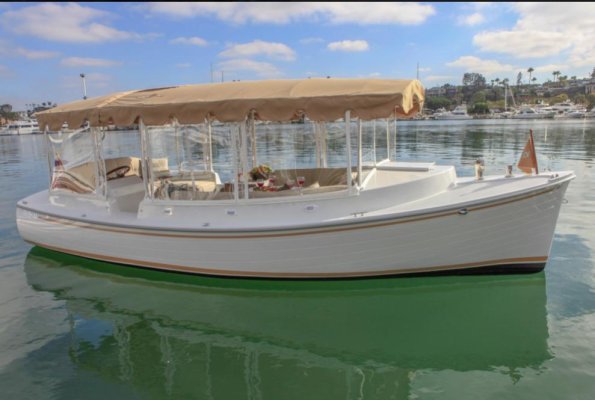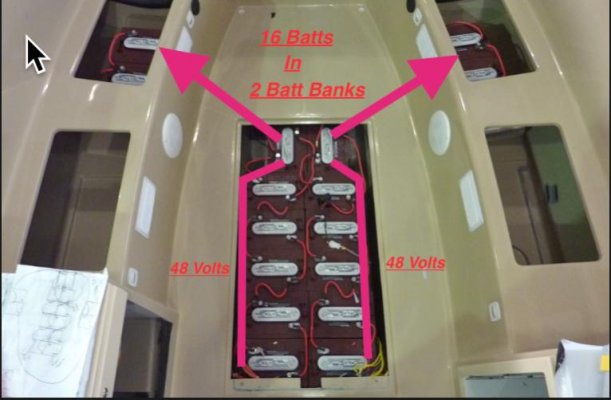TomAnderson20619
Member
- Joined
- Jun 22, 2020
- Messages
- 20
- Location
- USA
- Vessel Name
- Water Music
- Vessel Make
- 1985 Albin 43 Trunk Trawler
Just took possession of my new-to-me 1985 Albin 43 with twin Ford-Lehman 135s and wanted to change fluids/filters/etc. As I look at the existing filtration set up, I have a few questions/concerns. There is a Racor 500FG as primary and then two on-engine filters (secondary/final). My question is micron-rating for the filters.
The Racor says to replace with 2010SM which is 2 micron (although I haven't opened the Racor to see what is actually installed). Then the on-engine filters are both Delphi HDF-296/7111-296 which I believe is 5 micron.
It seems to me that having a 2-5-5 setup is somewhat pointless as all of the filtering is really done by the Racor (2 micron). Similarly, having both on-engine filters with 5 micron filters is similarly redundant. Granted, with this configuration, I shouldn't expect the Delphi's to need changing as often, but I'm wondering what makes more sense.
I know there have been many discussions regarding this issue, but wanted to see if there is some rhyme or reason as to why mine is in this configuration.
Thanks
The Racor says to replace with 2010SM which is 2 micron (although I haven't opened the Racor to see what is actually installed). Then the on-engine filters are both Delphi HDF-296/7111-296 which I believe is 5 micron.
It seems to me that having a 2-5-5 setup is somewhat pointless as all of the filtering is really done by the Racor (2 micron). Similarly, having both on-engine filters with 5 micron filters is similarly redundant. Granted, with this configuration, I shouldn't expect the Delphi's to need changing as often, but I'm wondering what makes more sense.
I know there have been many discussions regarding this issue, but wanted to see if there is some rhyme or reason as to why mine is in this configuration.
Thanks



